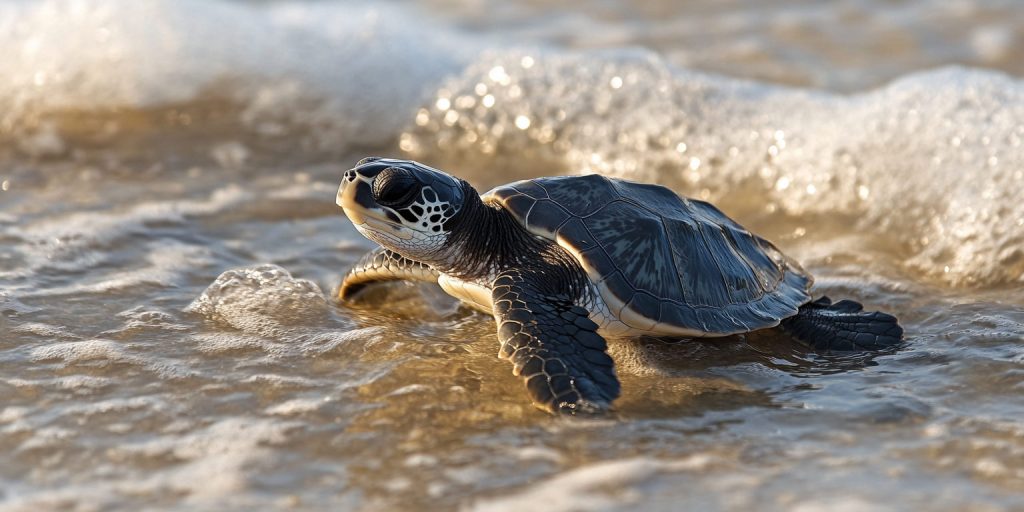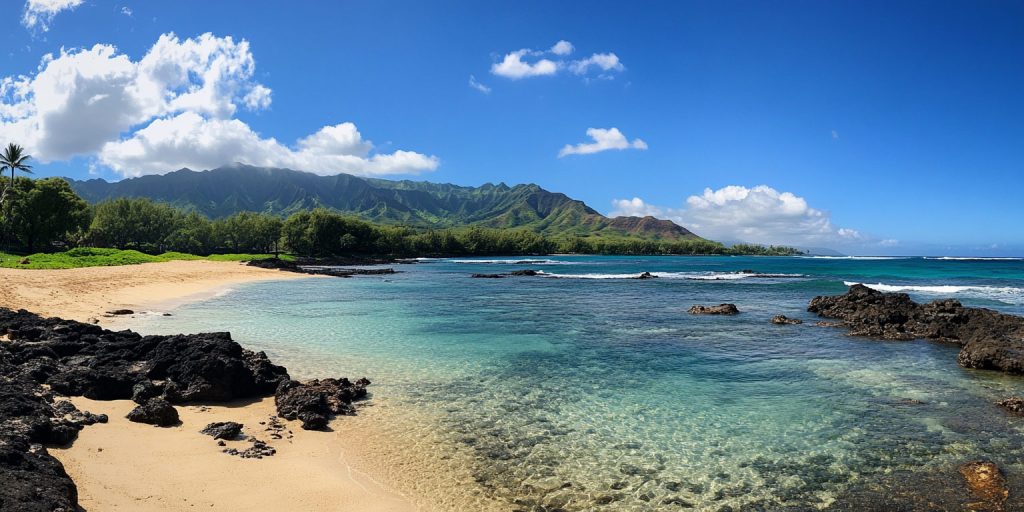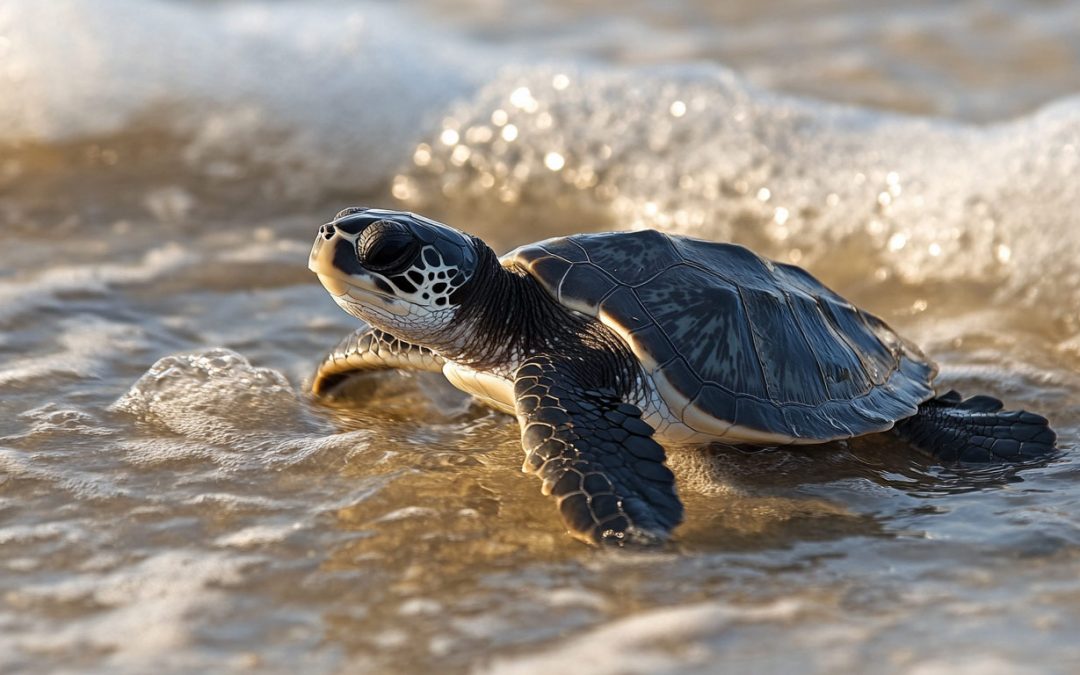Turtle Ocean Havens: How Marine Reserves Protect Oahu Sea Turtles

Hawaii is home to some of the world’s most unique marine life, and its sea turtles are a treasured part of that heritage. On the island of Oahu, marine reserves help ensure these ancient creatures have a future. These areas limit human impact and give sea turtles the quiet, healthy waters they need to survive. From remote protected zones to community-led rescue efforts, Oahu is building a network of care that stretches from sandy beaches to deep coral beds.
The Biggest Marine Reserve in Hawaii: Papahanaumokuakea
Though it lies northwest of the main Hawaiian Islands, Papahanaumokuakea is deeply tied to Oahu’s conservation efforts. This massive protected area spans over half a million square miles and is one of the largest marine reserves on the planet. It’s remote and largely untouched by tourism, fishing, or coastal development, which makes it an ideal habitat for wildlife. Sea turtles, especially the threatened green and hawksbill turtles, use these waters for migration, feeding, and nesting. The reserve’s size and isolation mean turtles here have space to complete their life cycles with minimal disturbance.
Marine Parks vs. Marine Reserves: What’s the Difference?
It’s easy to mix them up, but there’s a key difference between marine parks and marine reserves. A marine park is usually a place where people can enjoy the ocean while following certain rules. Activities like swimming, snorkeling, or boating are allowed, and in some cases, fishing is too. Marine reserves, on the other hand, often have stricter protections. They may limit or completely ban fishing, restrict access to certain areas, and enforce rules to protect wildlife and habitats. On Oahu, marine reserves give turtles a better chance at survival by reducing the human pressure on their environment.
Sea Turtle Nesting Sites on Oahu and How They’re Protecte
Oahu’s beaches are important nesting grounds for sea turtles, especially along the North Shore and windward coast. During nesting season, female turtles return to these sandy spots to lay eggs. Conservation groups monitor these beaches closely, sometimes marking nests and even setting up barriers to keep them safe. Public awareness campaigns help beachgoers understand how to watch turtles from a distance without disturbing them. Protection efforts focus on reducing threats from predators, lights, and human interference, all of which can harm hatchlings before they ever reach the sea.

Fishing Rules in Marine Life Conservation Districts
On Oahu, Marine Life Conservation Districts (MLCDs) are areas where certain fishing practices are either limited or banned altogether. These rules are put in place to help ecosystems stay balanced. In these zones, turtles benefit because their food sources—like sea grasses and jellyfish—are more plentiful, and fewer nets or fishing lines threaten their safety. By controlling fishing in specific places, MLCDs allow marine habitats to recover and stay healthy, creating safer spaces for turtles and other ocean life.
Benefits of MLCDs for Turtles Include:
- Fewer entanglements from fishing gear
- More food sources
- Less stress from boat traffic and human activity
Hanauma Bay: A Protected Area With a Purpose
Once overrun with visitors, Hanauma Bay has transformed into a carefully managed marine sanctuary. Strict rules on entry, education programs for tourists, and limits on daily visitors help reduce the impact on the reef and marine life. For turtles, Hanauma Bay offers a safe space to feed and rest without the constant stress of boats and swimmers. The bay’s clear waters and healthy coral systems make it one of the best examples of how protection and education can work together to bring life back to the ocean.
Preserving Coral Reefs Near Turtle Habitats
Turtles rely on coral reefs for food and shelter, and in Oahu’s waters, that connection is easy to see. Coral reefs provide a buffet of sponges, sea grasses, and small creatures turtles love to eat. But reefs are fragile. Pollution, climate change, and overuse have damaged many of them. That’s why local conservation efforts are focusing on coral recovery—planting new coral, limiting anchor damage, and reducing runoff. These actions make a big difference not just for turtles, but for every creature that calls the reef home.
Key Coral Protection Steps Include:
- Reducing water pollution and runoff
- Limiting coastal construction near reefs
- Educating boaters and divers about reef-safe practices
Community Turtle Rescue and Rehab Programs
Some of the most powerful work in turtle conservation on Oahu is done by everyday people. Local rescue and rehabilitation programs respond when turtles are found injured, sick, or tangled in debris. These programs often rely on volunteers and local donations. Recovered turtles are cared for and, once healthy, released back into the wild. The hands-on care these groups provide shows how much can be done when communities take action. They also help spread knowledge, teaching residents and visitors alike how to protect turtles in their daily lives.
A Legacy in the Making: How Oahu’s Marine Reserves Shape the Future
From the wide waters of Papahanaumokuakea to the sandy beaches of the North Shore, Oahu’s marine reserves are laying the groundwork for a healthier ocean. By giving sea turtles safe spaces to live and grow, and by involving people in the protection process, these areas are more than just boundaries on a map—they’re proof that with care and commitment, recovery is possible. Oahu isn’t just protecting its turtles. It’s building a legacy of ocean stewardship for generations to come.

